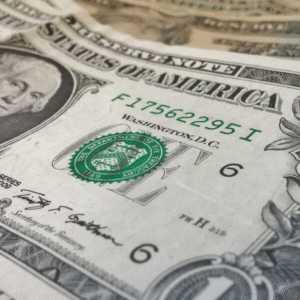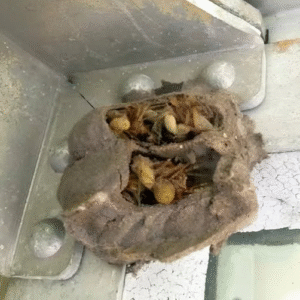Understanding Chin Hair Growth
Chin hair, like all body hair, grows through a natural, cyclical process called the hair growth cycle. While it may seem like a small detail of human biology, the process is complex and fascinating. Hormones, genetics, and individual differences all play a role.
Each chin hair grows from a tiny structure beneath the skin known as a hair follicle. Follicles operate independently, so hairs grow and shed at different times. That’s why some hairs appear as others naturally fall out.
The Three Phases of Hair Growth
The hair growth cycle has three main stages, each with a specific purpose:
1) Anagen Phase (Growth Stage)
This active phase nourishes hair through blood vessels at the follicle base. Cells divide rapidly, pushing the hair shaft upward. For most body hairs, this phase lasts a few weeks to a few months, depending on genetics and hormones.
2) Catagen Phase (Transition Stage)
During this brief stage, lasting two to three weeks, the hair stops growing. It slowly detaches from its blood supply, and the follicle begins to shrink, preparing for the next cycle.
3) Telogen Phase (Resting and Shedding Stage)
The final stage is resting. Old hairs remain in place for several weeks before shedding to make room for new growth. Shedding is natural and signals follicle renewal, not hair loss.
Why Growth Rates Differ
Growth varies from person to person. Some notice only a few fine hairs on the chin, while others see darker, thicker, or faster-growing hair. Genetics, age, hormones, and ethnicity largely explain these differences.
Hormonal changes—during puberty, pregnancy, or menopause—can alter hair density and texture. Some people experience noticeable growth shifts on their chin or other body parts.
Hormones at Work: Androgens
Androgens, a group of hormones including testosterone, play a key role in chin hair growth. Men have higher androgen levels, which drive facial hair growth and other secondary sexual traits. Women have lower levels, yet these hormones still influence body functions and hair patterns.
When androgen levels rise or hair follicles become more sensitive, chin hair can increase. This may happen naturally through genetics, aging, or conditions like polycystic ovary syndrome (PCOS). In most cases, it is simply a harmless variation of normal physiology.
Why Chin Hair Increases
Chin hair often becomes more noticeable with age, especially in women after menopause. As estrogen drops and androgens remain stable, certain follicles grow more actively.
Lifestyle factors—stress, diet, and medication—can also affect hormone balance. These changes may influence where and how quickly hair grows. Such variations are common and natural, and rarely indicate health problems.
Embracing a Natural Process
Chin hair growth reflects the delicate balance of hormones and genetics. Cultural beauty standards may stigmatize facial hair, but nearly everyone has some degree of growth, whether visible or fine.
Understanding this process helps reduce self-consciousness. Removing, trimming, or embracing chin hair is a personal choice guided by comfort and style.
As body-positivity advocate Charli Worgan says, “The more we understand what’s natural, the less power judgment holds.”
Next time a new chin hair appears, remember: it’s not a flaw. It’s simply your body doing what it’s designed to do.





